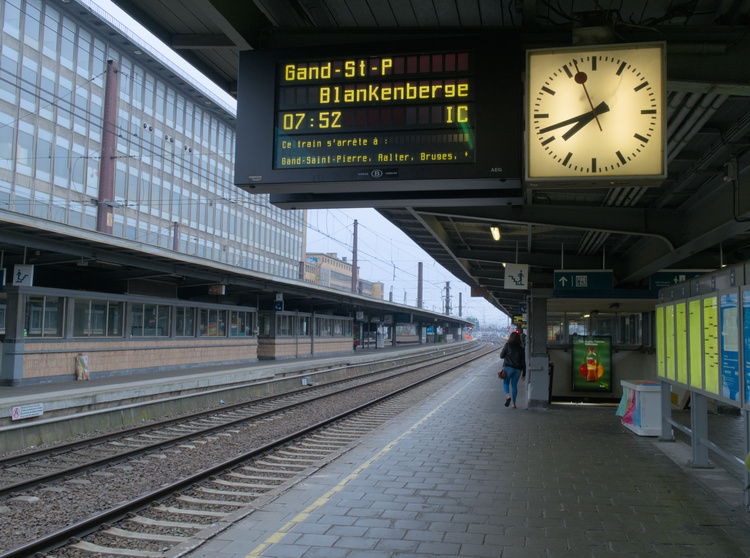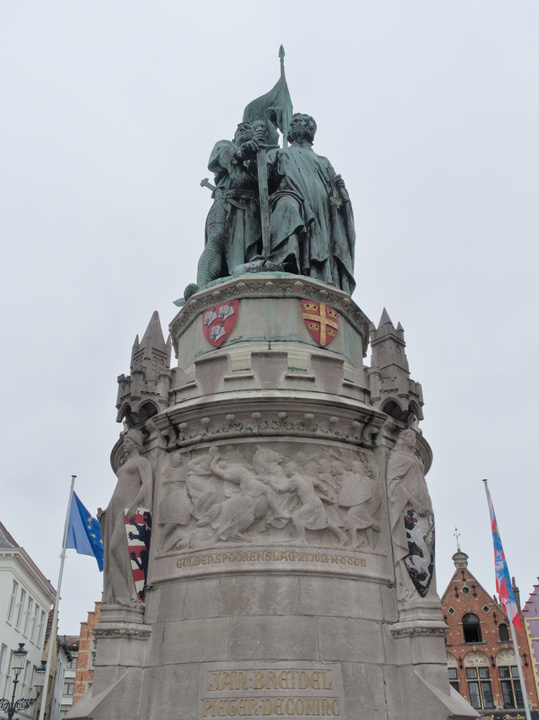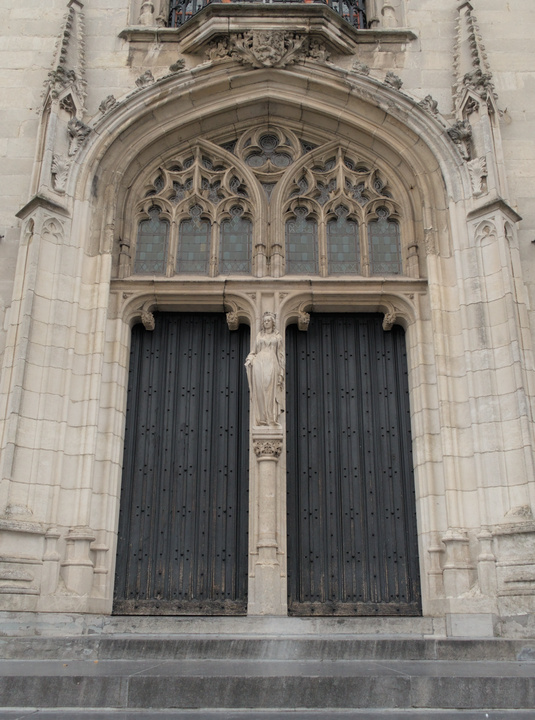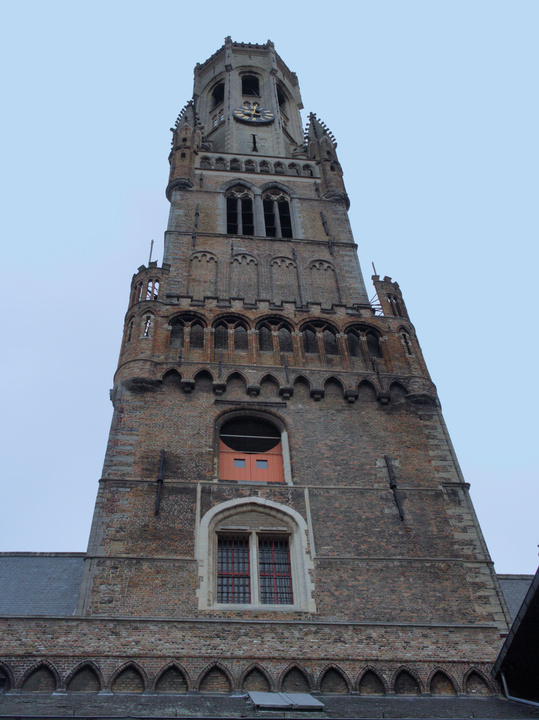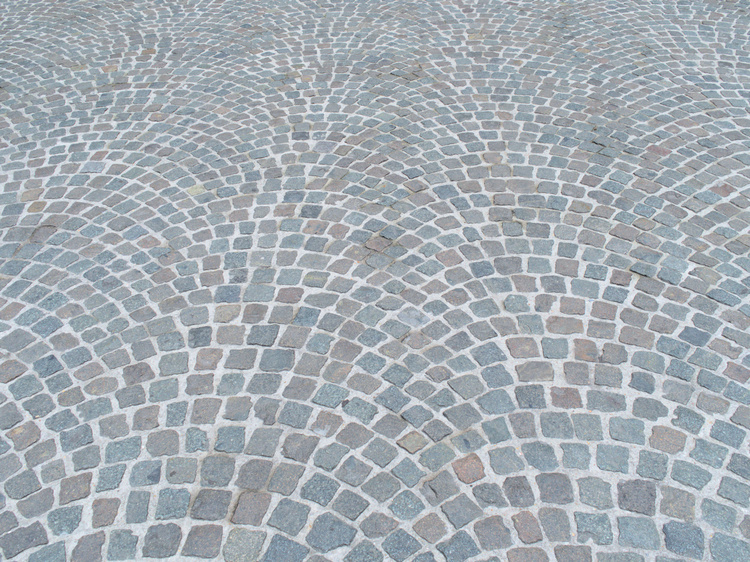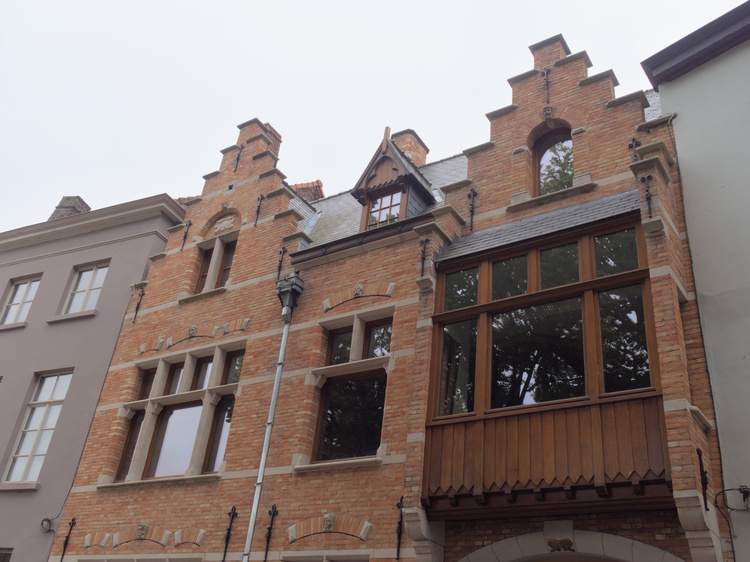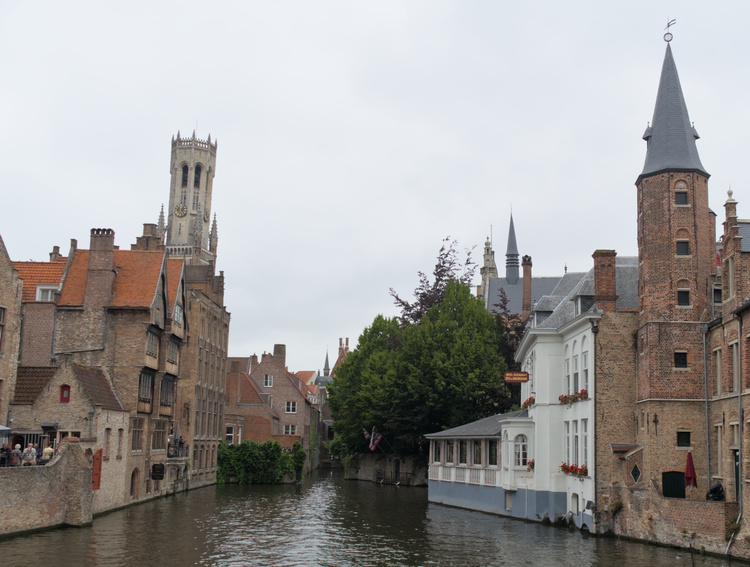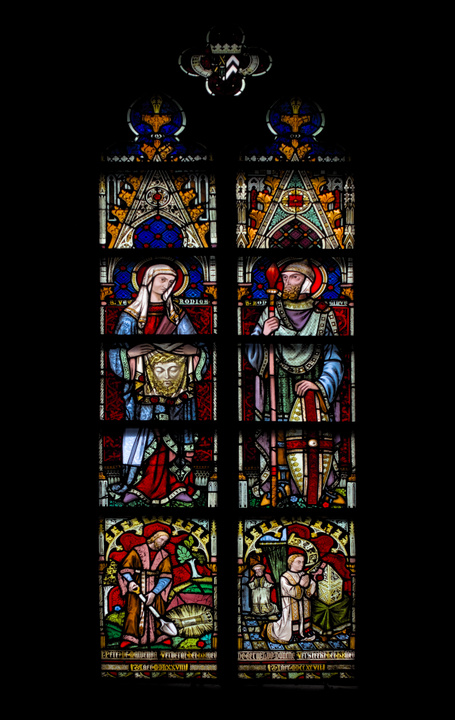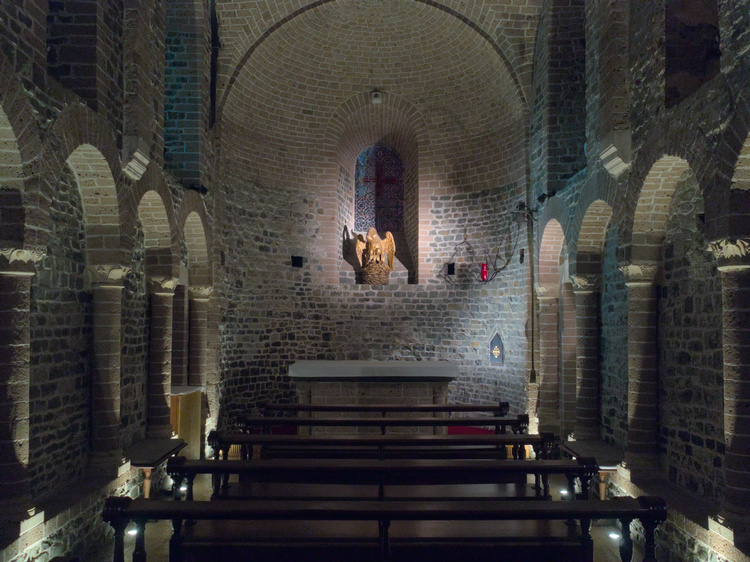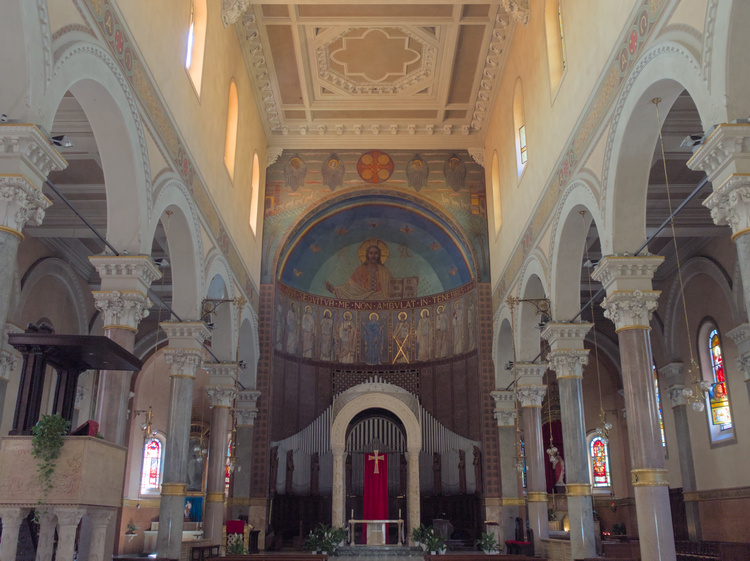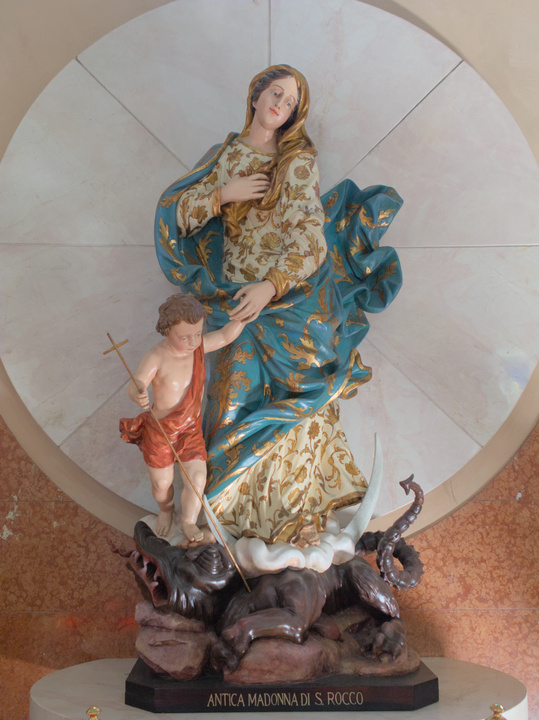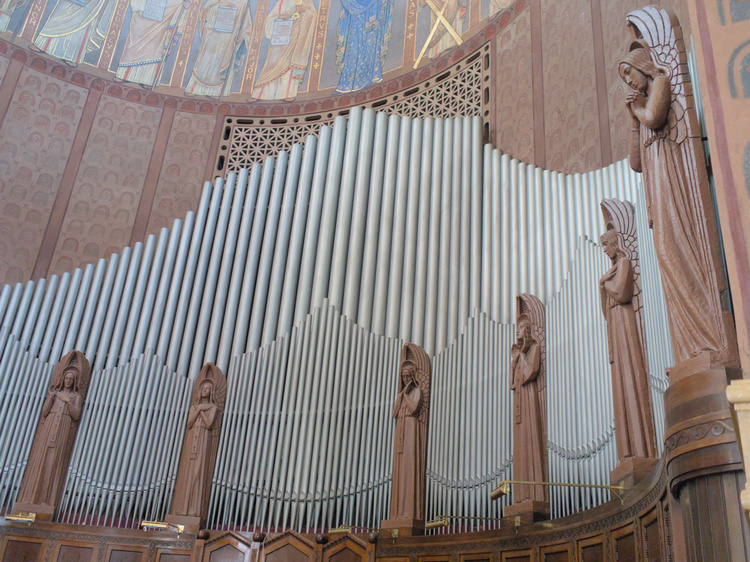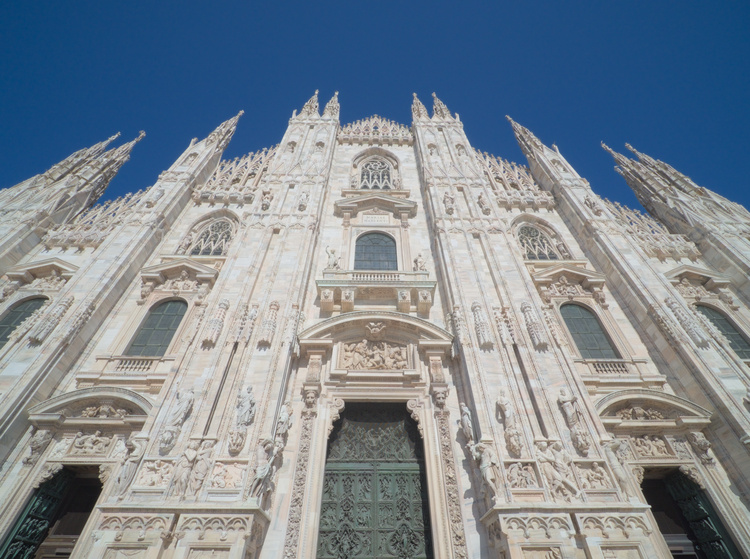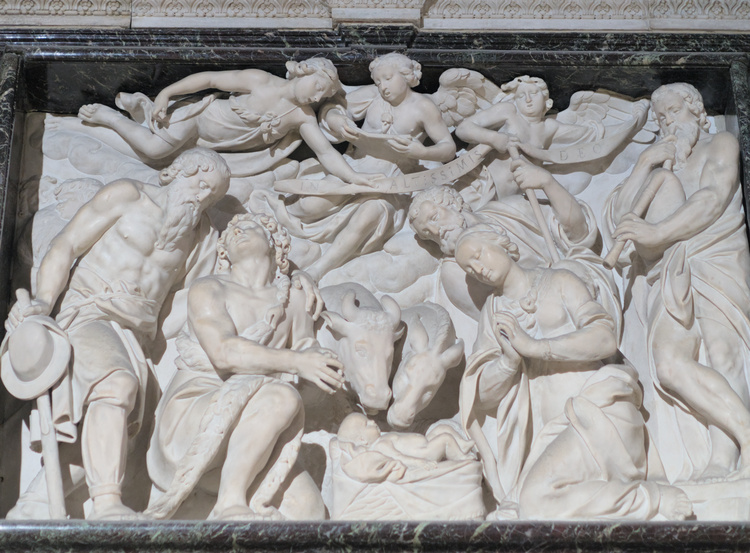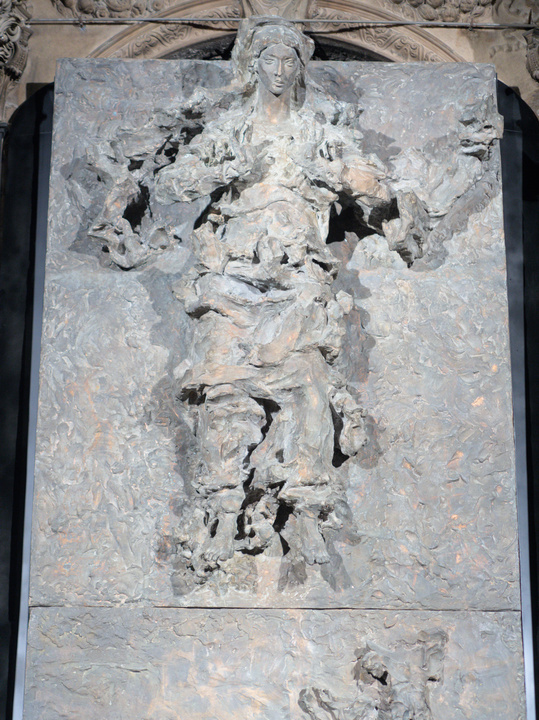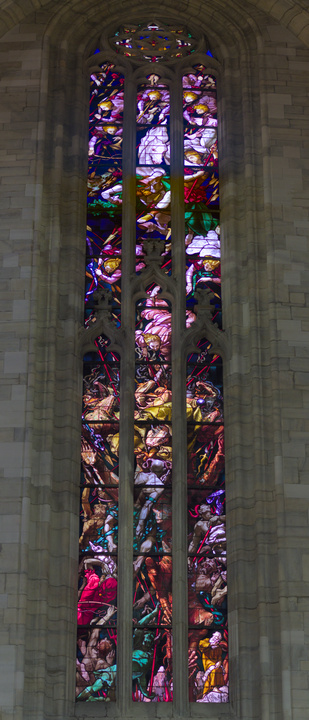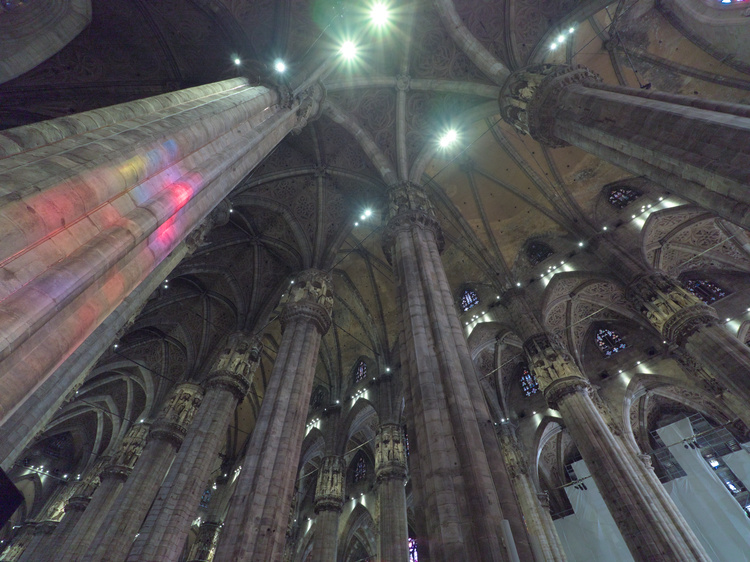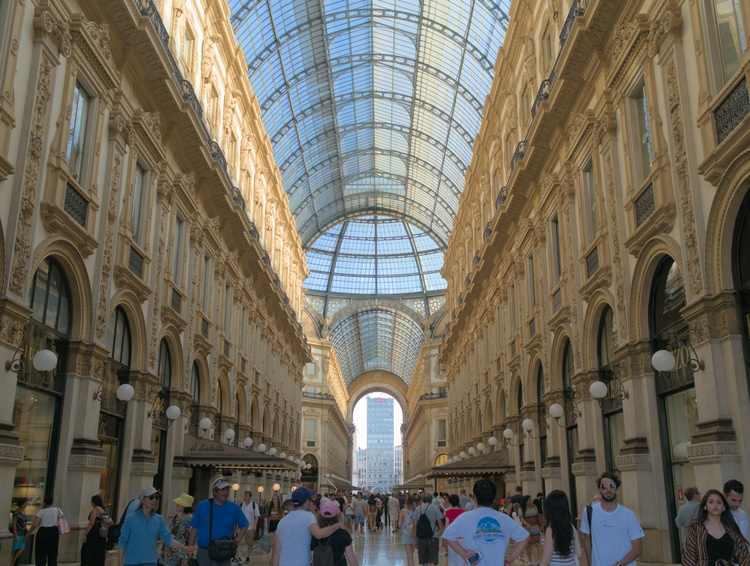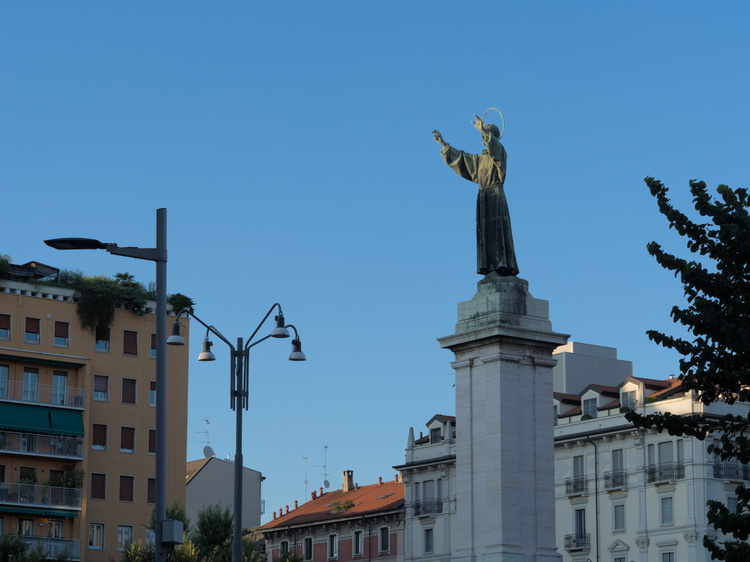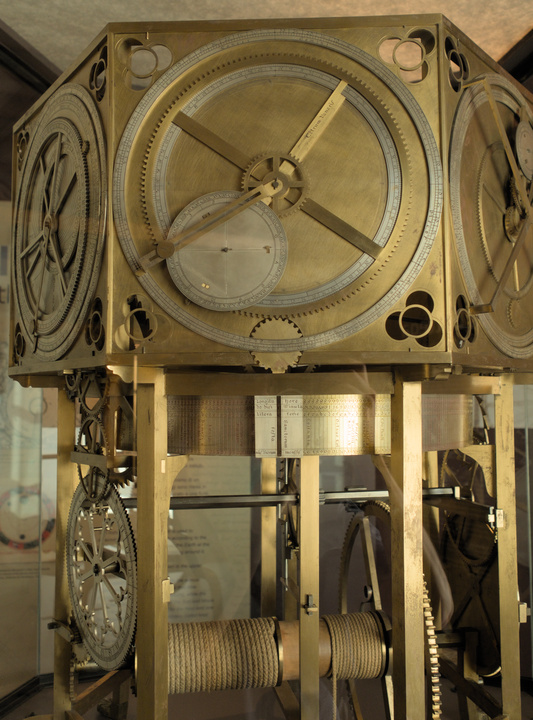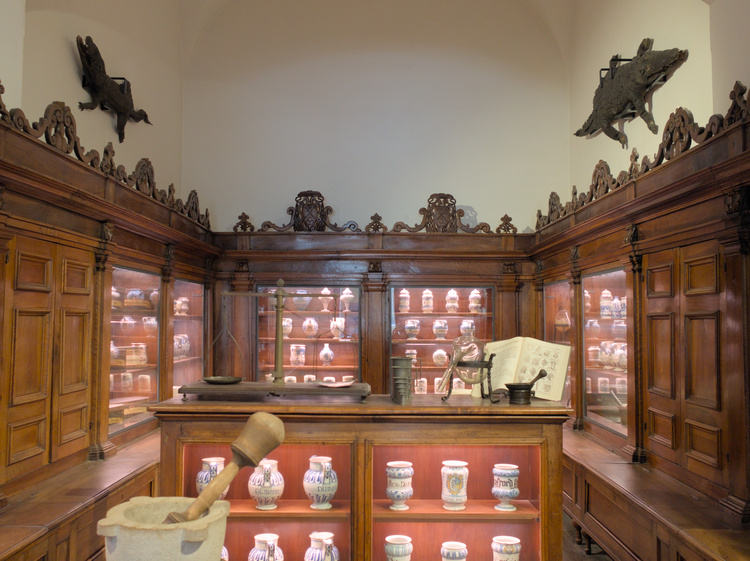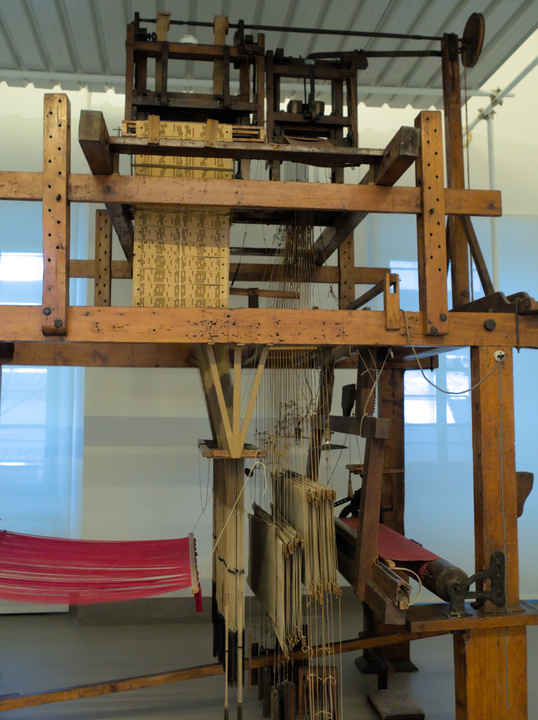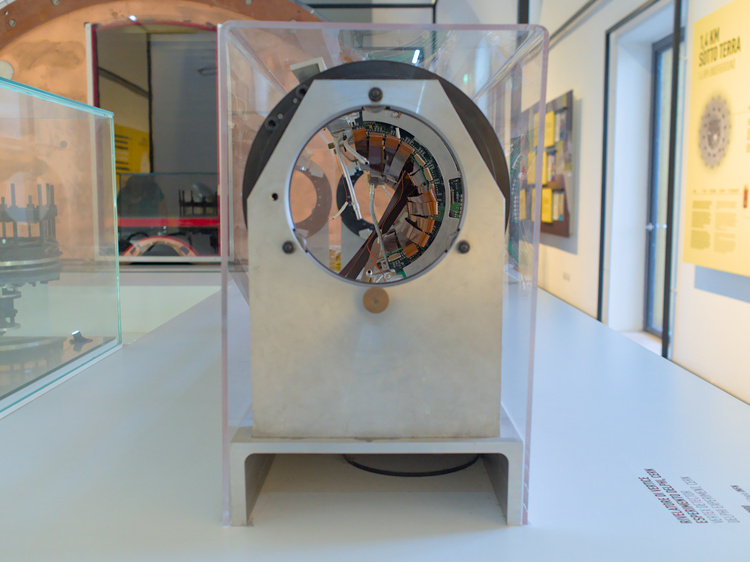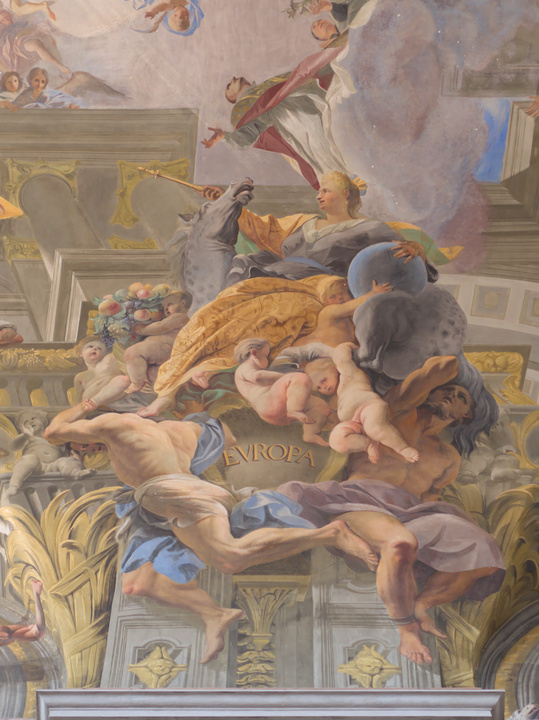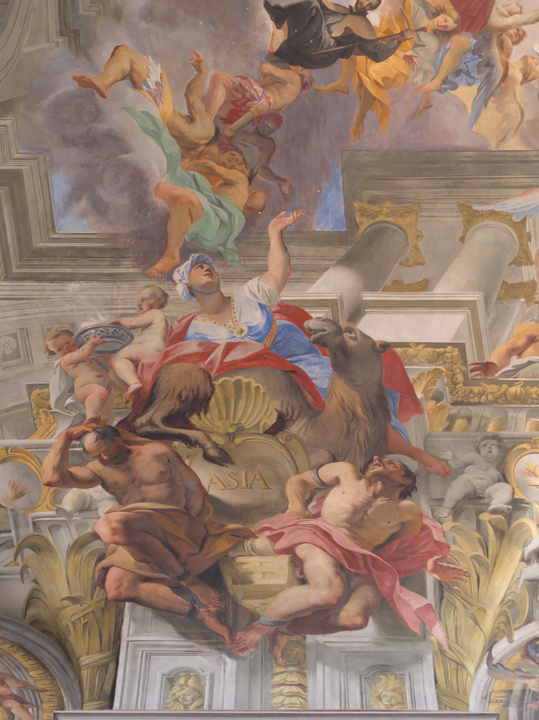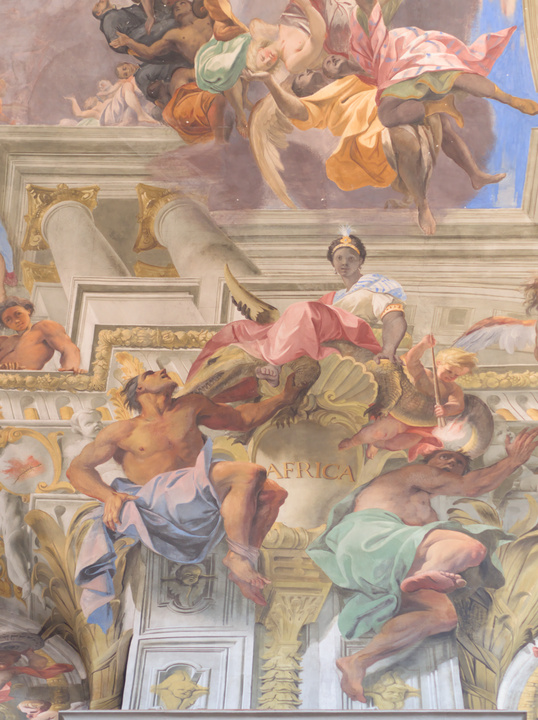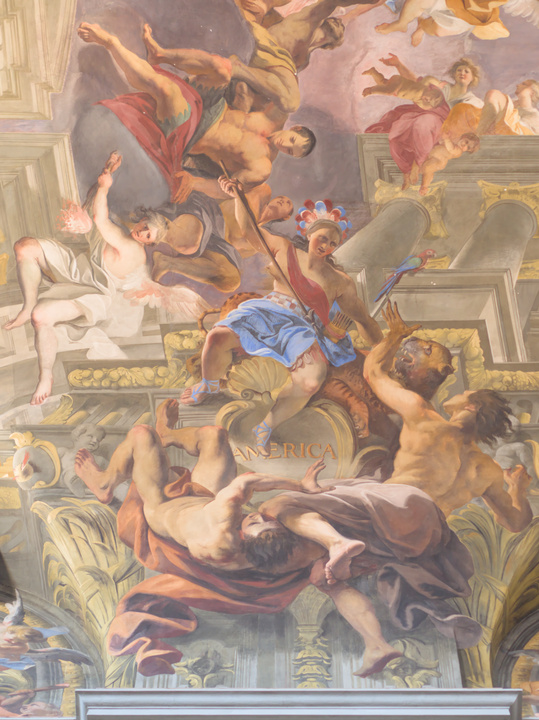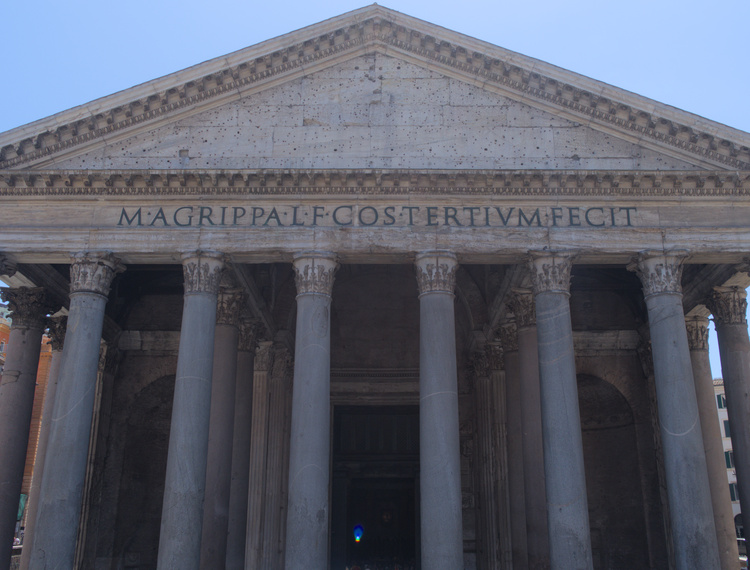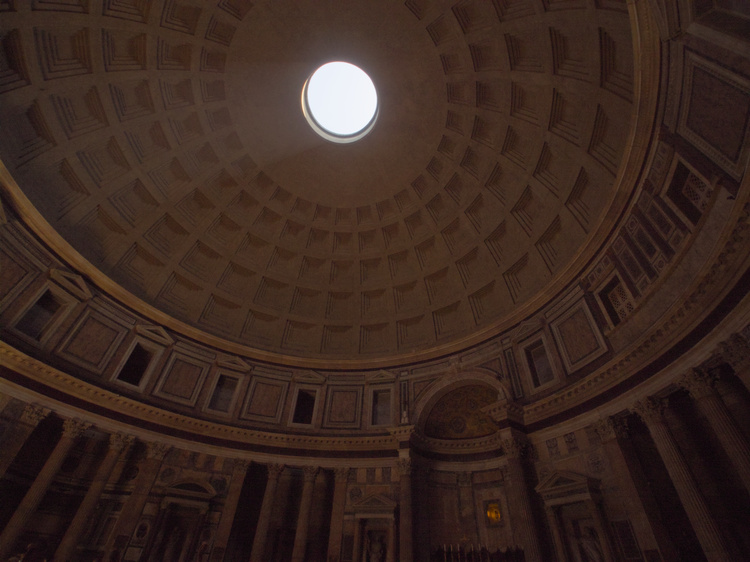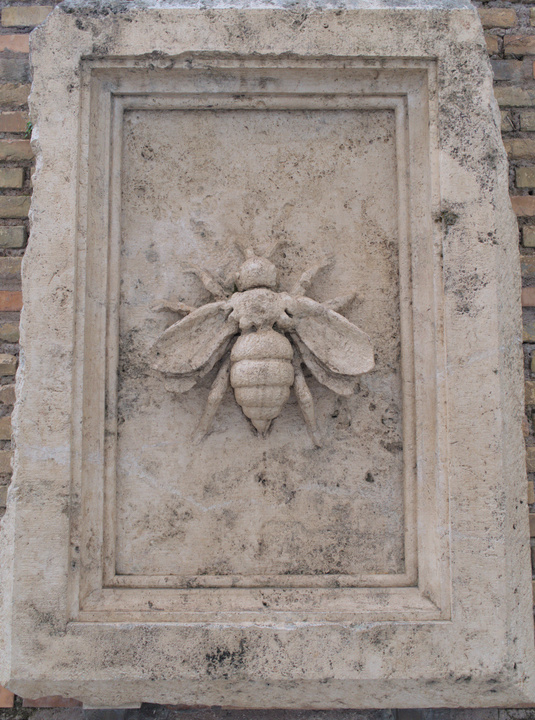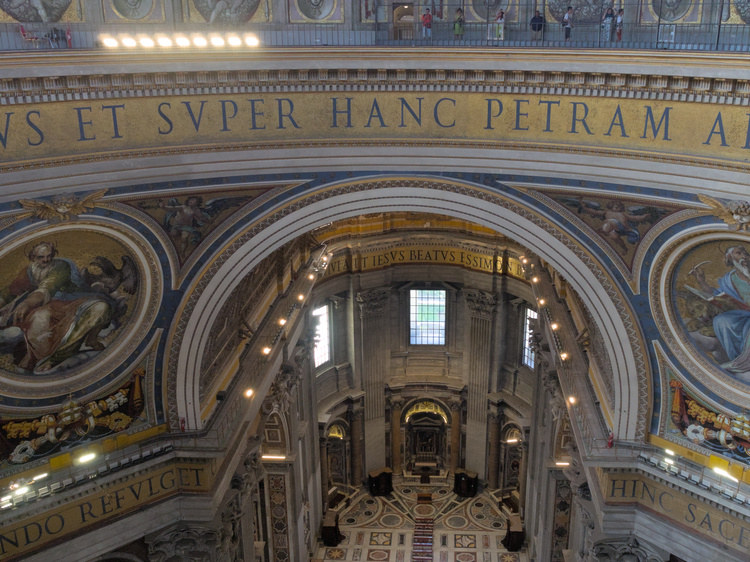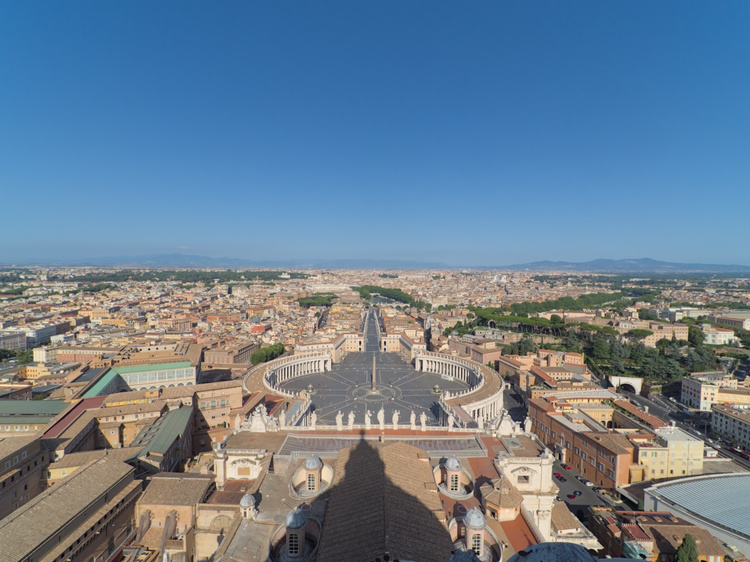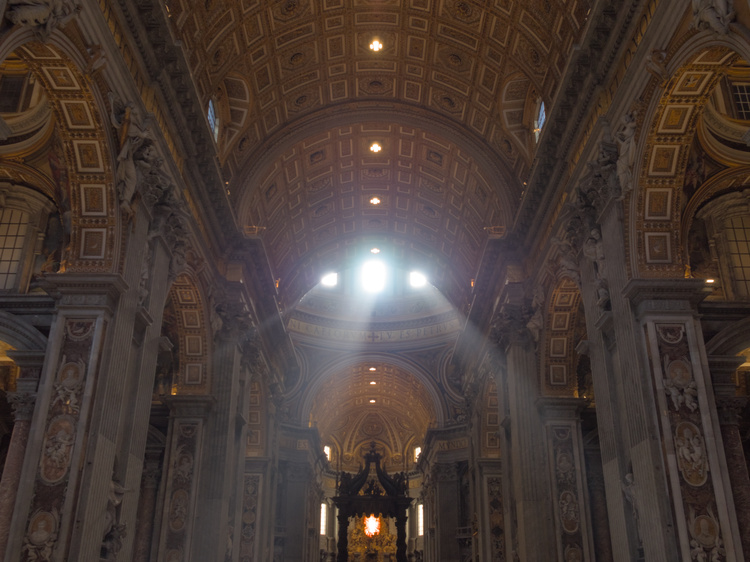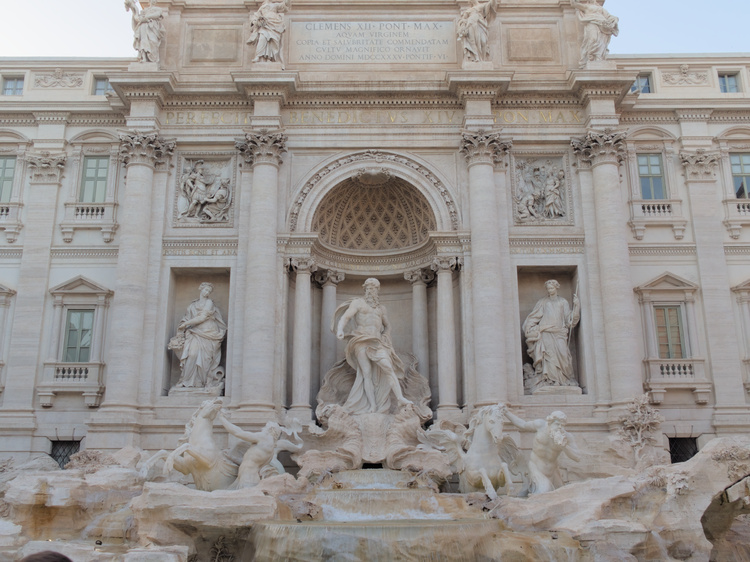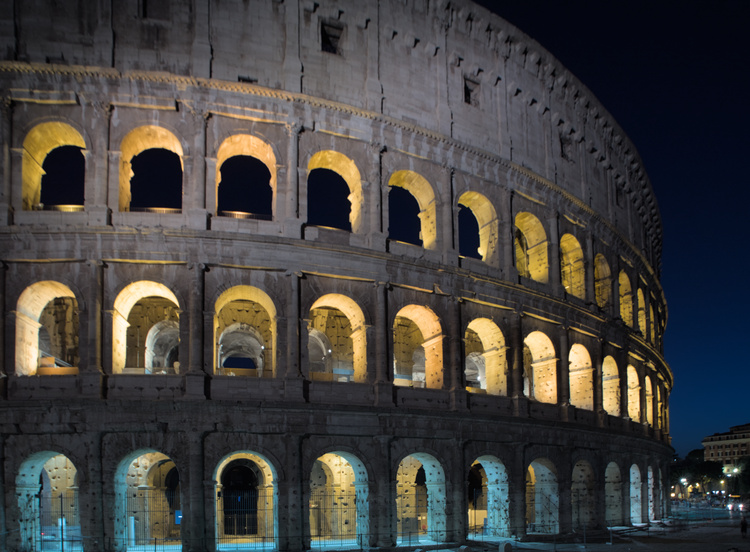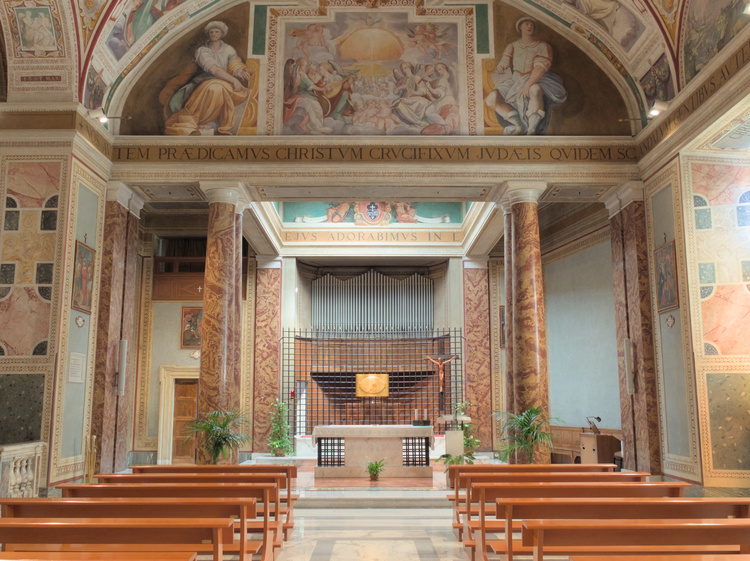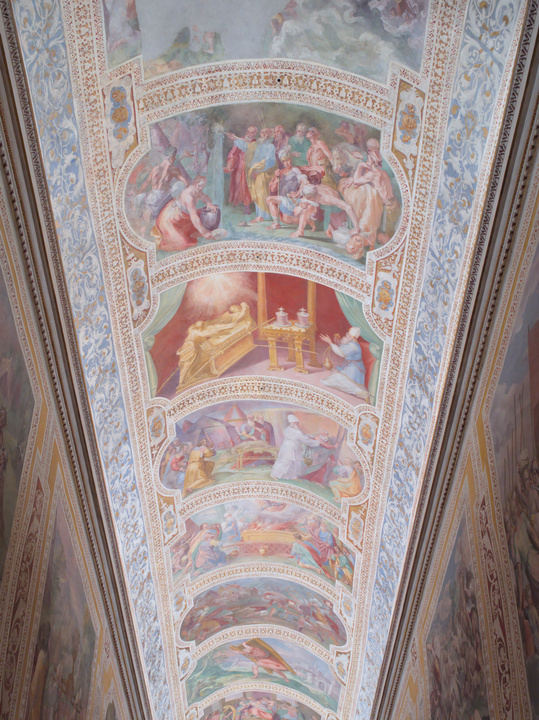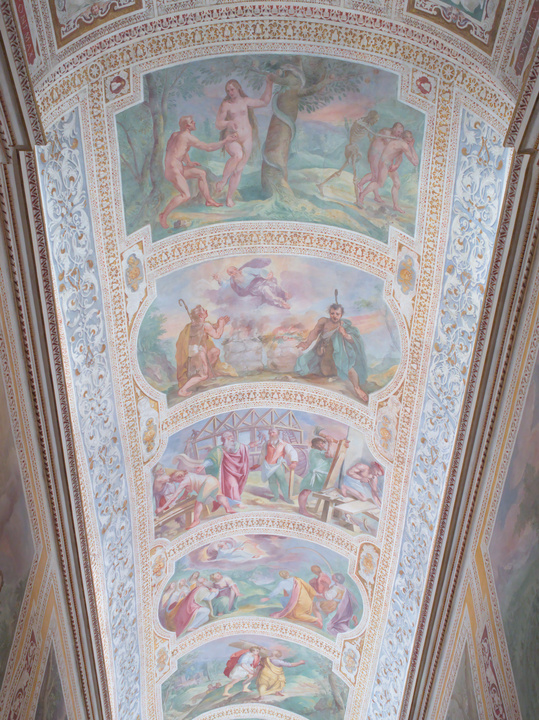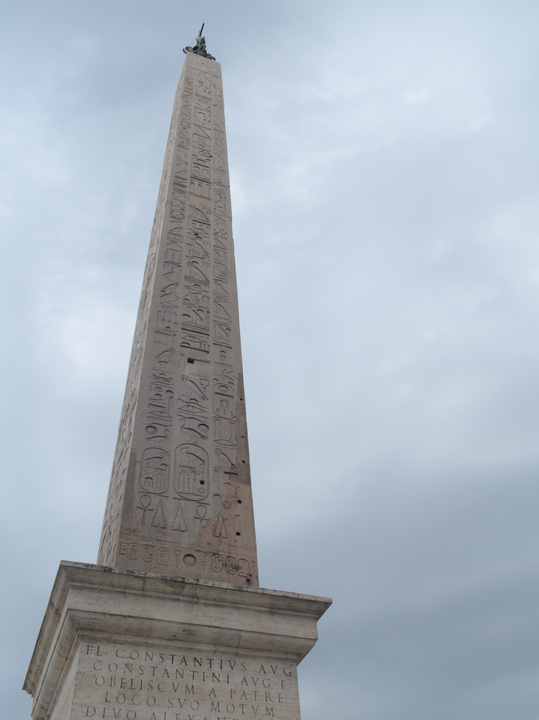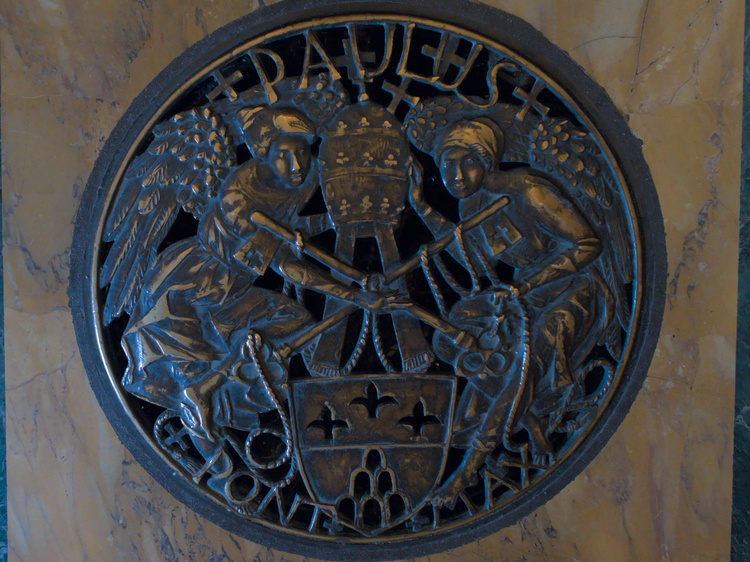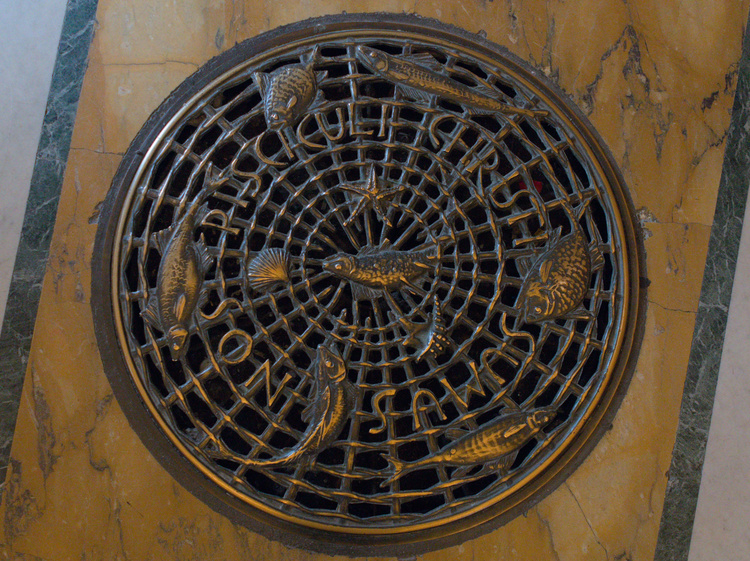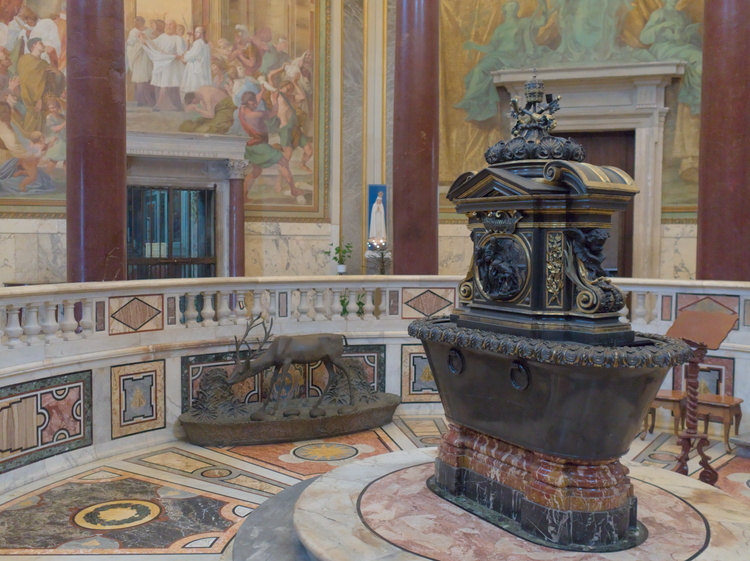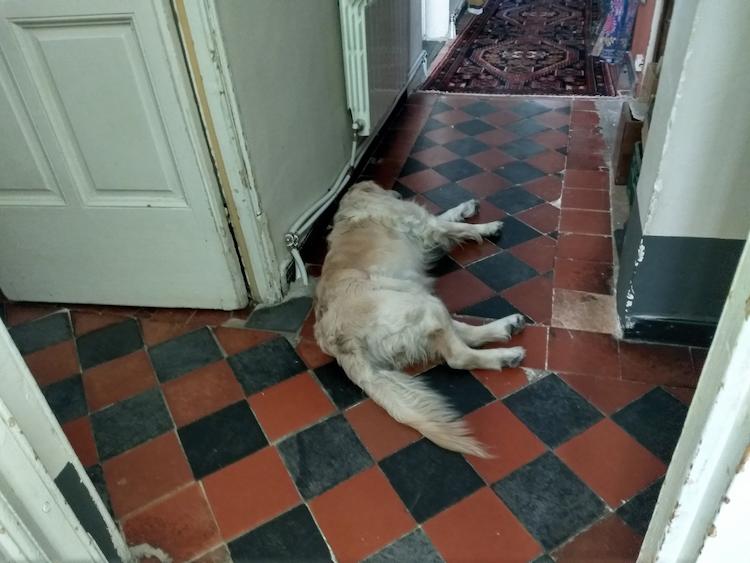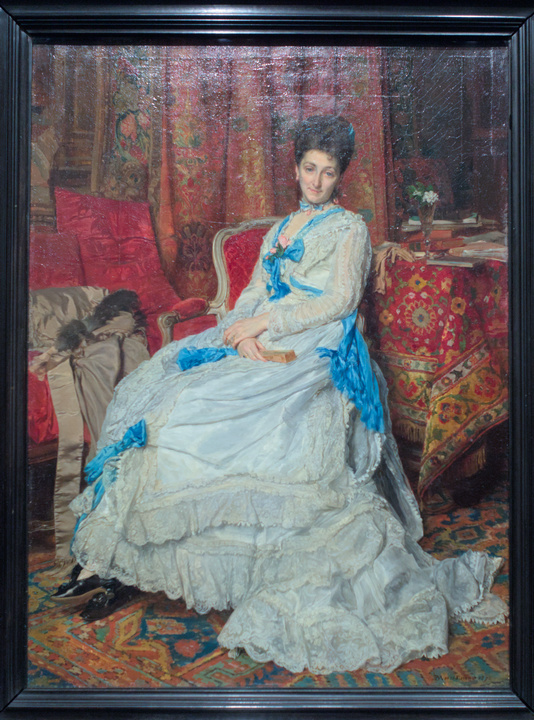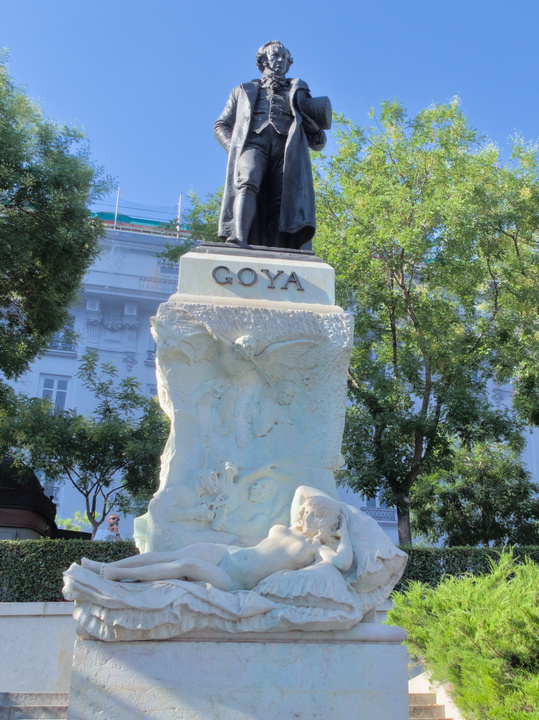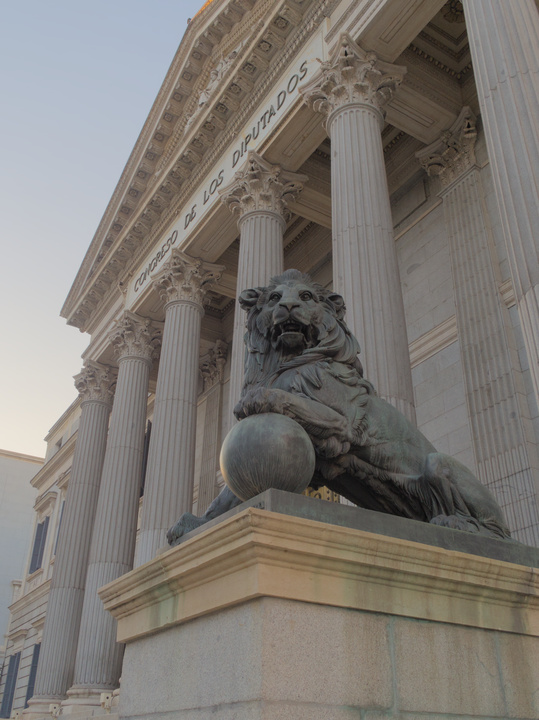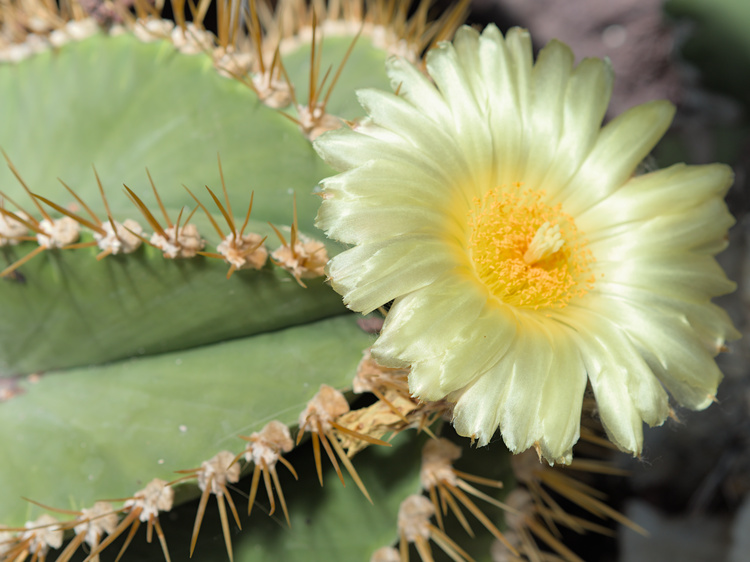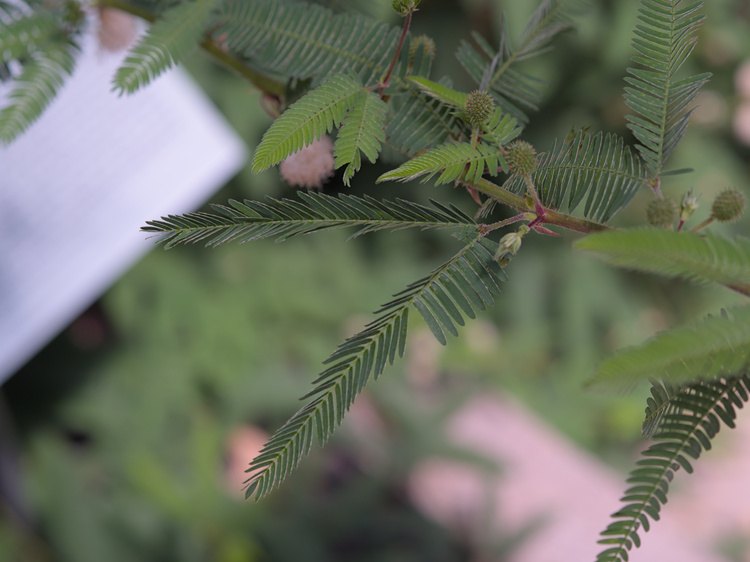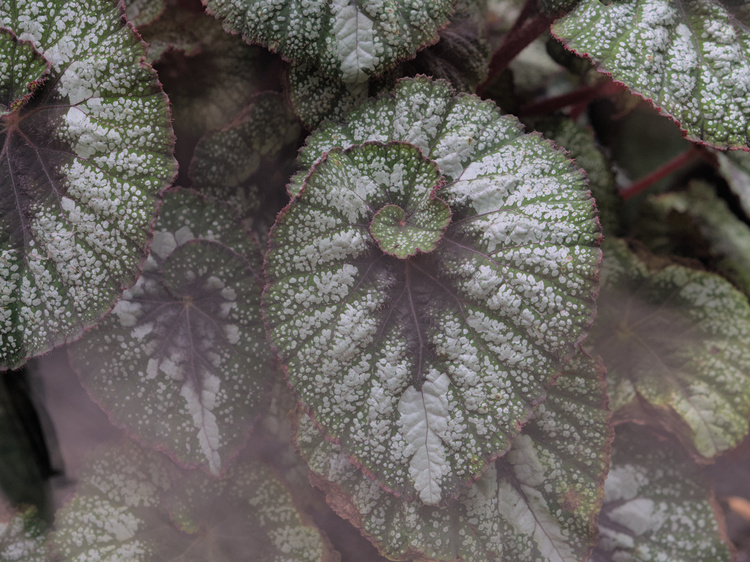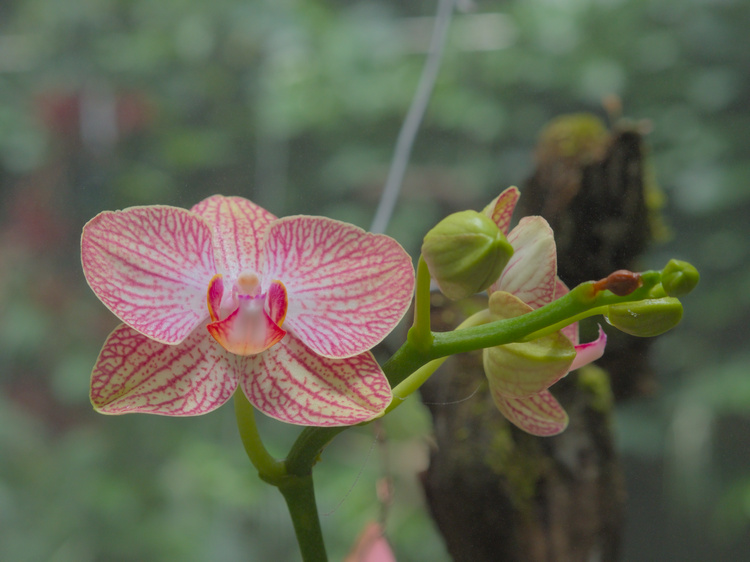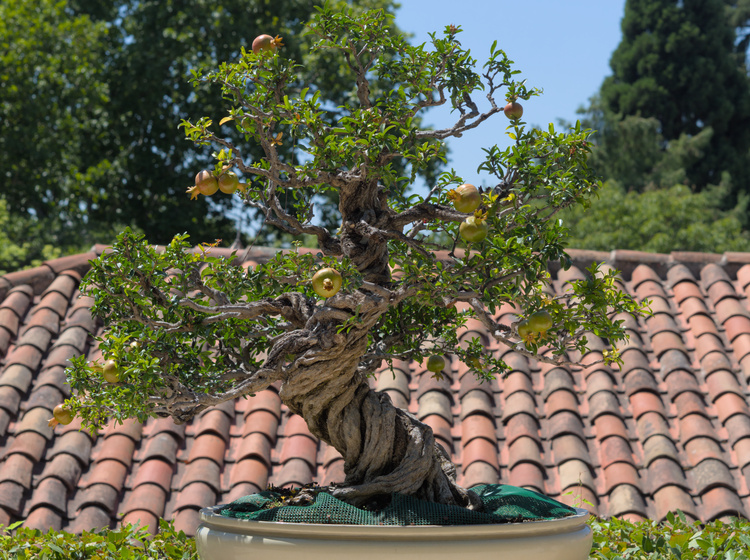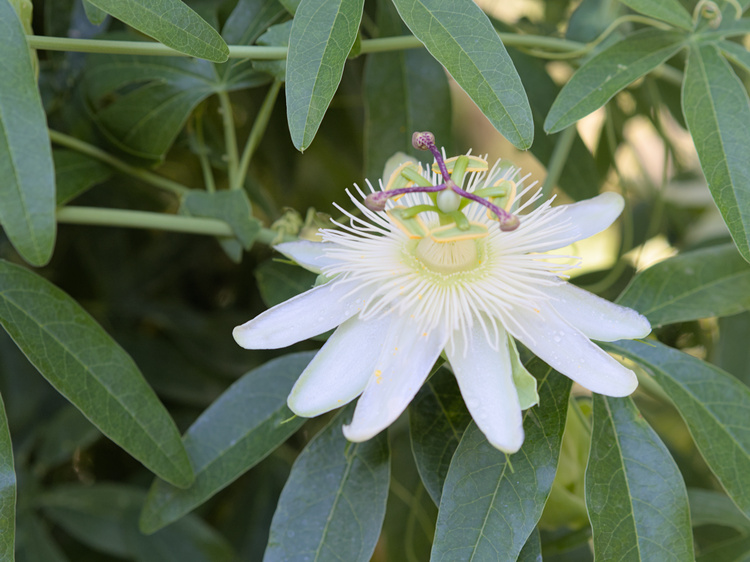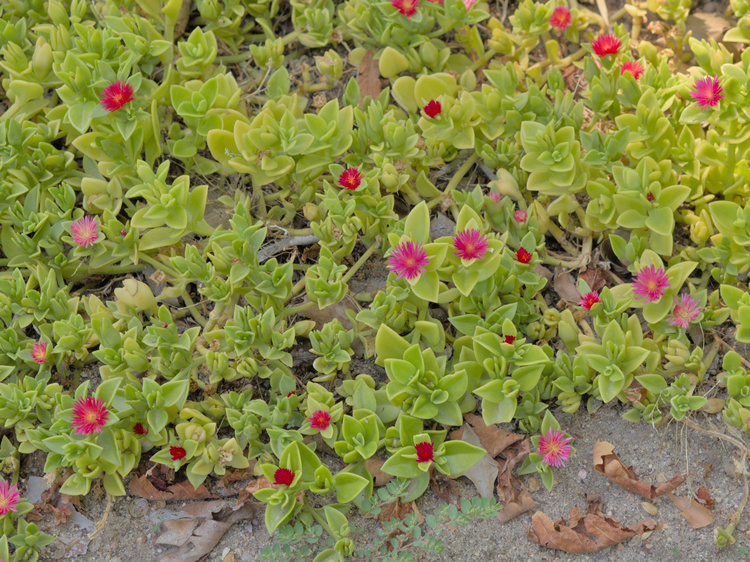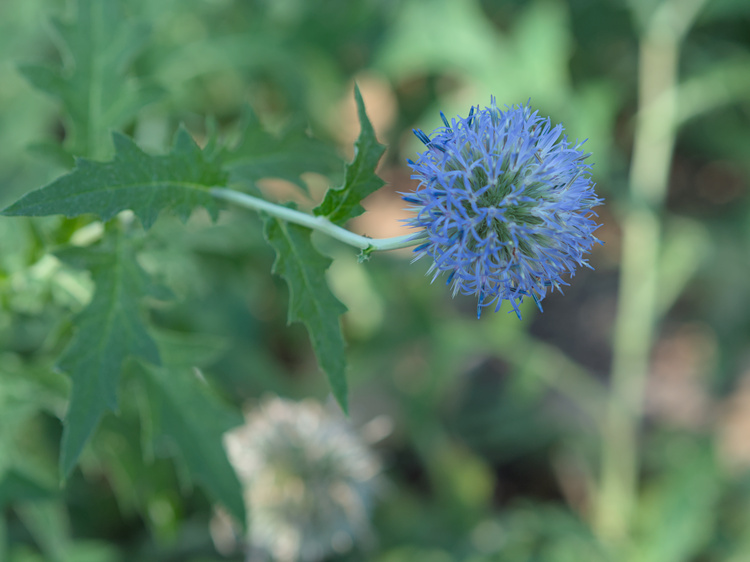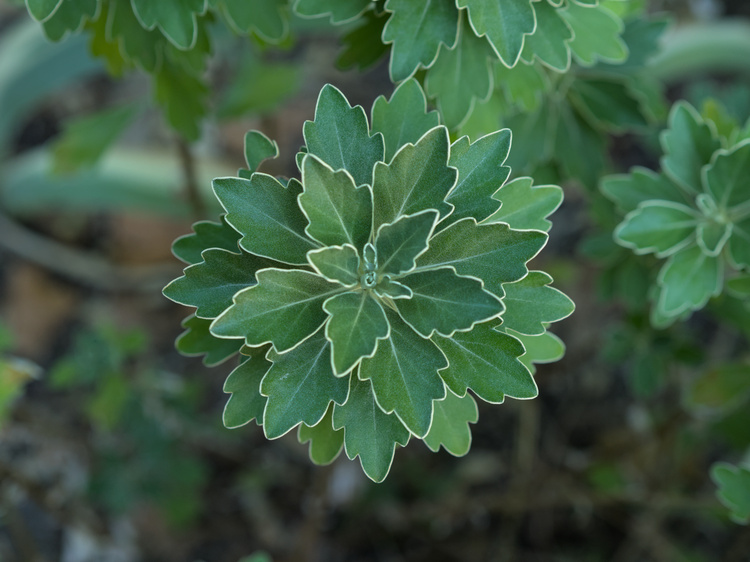Welcome to the last part of this eurotrip.
Day 16: Bruges
After looking for things to do in Brussels without any luck, we decided to skip the city and take a train to Bruges 1.
The train station is a bit far from downtown, but it is walkable. Since we arrived early, we had time for a hot chocolate before walking around. After a while walking around the Grote Markt2, we joined a free walking tour.
The guide commented on several historical facts, like the importance of Bruges as a pilgrimage center on Middle Age, and gave us tips on local food, like a waffles stand at the end of the tour.
Our visit to the city finished on the Basilica of the Holy Blood3, known for hosting the Holy Blood Relic, a vial that supposedly contains fabric with Christ’s blood. The building has two chapels: Saint Basil’s, which is pretty simple and preserves the original Romanesque style, and Holy Blood’s, which is more decorated and was remodelled on a Gothic style.
After our trip to Bruges, we returned to Brussels station to retrieve our luggage and take the train to the airport.
Day 17: Milan Cathedral
We had two missions for the day: visit Milan Cathedral and find cannolis. On the way to the subway, we stumbled into Church of Saint Andrew. Although it is comparatively small than other churches we visited, it has an organ that rivals the ones of more famous temples.
Since Milan Cathedral4 has strict dress code policies, like not allowing visitors come in with uncovered shoulders, Karen had to buy a scarf to enter.
One of the main attractions of the Cathedral are the huge stained glass windows, which were created by generations of artists in the span of 6 centuries, the latest being installed in 1988 5.
After the Cathedral, we went into a store in Galleria Vittorio Emanuele II6 to get away from the heat.
We also passed by a statue of Saint Francis of Assisi, illuminated by the evening sun.
After sunset, we returned to the Cathedral Square and finished our last mission: buying cannolis.
Day 18: Leonardo da Vinci Museum
Our last stop in Milan was Leonardo da Vinci National Museum of Science and Technology7. Although you get handed a map of the museum at the entrance, it is easy to get lost, so it is better to visit it with time.
Some of the exhibitions were closed, but the museum has lots of technological objects, ranging from centuries old to a collection of stuff from the particles accelerator that has been famous on the last decades.
Just when we were leaving the museum, as they were losing, we saw they had a submarine, but we just had to give it a quick glance and couldn’t enter.
Day 19: Vatican
There was a dog in our lodging, which made us forget about the wifi problems.
We were on our way to Vatican when we stumbled into Church of Saint Ignacius of Loyola8. The main feature of the church are the frescoes painted by Andrea Pazza on the ceilings, which are designed with perspective in mind, to make the space feel bigger than it actually is. It seems that this place is shadowed by more famous attractions in Rome, so it was relatively empty, even on peak season.
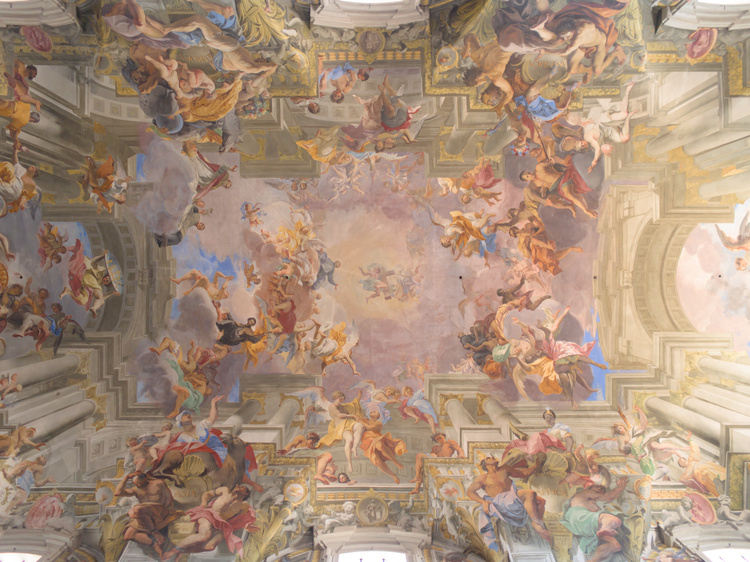
The point were you should stand to appreaciate the perspectively correctly is marken on the floor, but not everyone noticed.
Our second stop was the Pantheon. There is a distinctive fountain outside, but it was built several centuries after the Pantheon.
The main stop for the day was the Vatican. After a long queue for security checks and accompanied by the trusty summer sun, we went directly to the Dome of Saint Peter’s Basilica9. Although the first half of the way up can be done by elevator, the second half only can be done by stairs.
We didn’t visited the Sistine Chapel because we ran out of time, but we could visit the souvenir shop and buy stamps to send postcards.
We had lunch on a fresh pasta restaurant.
On our way back to the subway, we did a quick visit to Trevi Fountain, but there was really crowded.
The last stop of the day was on the Colosseum. We learned that the name Colosseum probably comes from the colossal Nero statue that once were located there.
Day 20: More Rome
We started the day by visiting the Capuchin Crypt10, alongisde the museum of the capuchin order. The Crypt has five chapel decorated with human skeletons. Sadly, a guided tour visited while we were there, breaking the gloomy atmosphere with their loudness.
Afterwards, we visited the Holy Stairs11. They were supposedly the stairs that Jesus climbed to be judged on Good Friday and were brought from Jerusalem on the 4th century. The stairs are to be climbed on knees by pilgrims as penance. There are other stairs to climb normally. Photos are not allowed, for respect to the pilgrims, but there are always tourist who don’t follow the rules.
When we were on our way back to our lodging, we saw an obelisk with hieroglyphs and then Karen caught on a door, that resulted to be of the Lateran Baptistery12, which was originally built on the 4th century.
The dog from the lodging tried to make his escape when we were leaving to the airport, but we promptly returned him to his home.
Day 21: Back to Madrid
We were lucky and our new lodging also had a canine companion, which had us thinking about asking for a dog filter for booking websites.
From the nearby museums, we decided to visit Prado Museum13. Their collection is humongous and probably a full day wouldn’t be enough for doing a full visit. The good part is that the brochures have the locations of the paintings, so you can prioritize the ones you want to see.
Without being an art connoiseur, I was surprised by the works of Caravaggio14 and the followers of his school for their usage of light; El Greco 15 for his use of strong colors and contrast and his epic composition; Goya16 for his references on the Black Paintings; Velásquez’ Las meninas 17 for his unexpected dedication to the dog that appears in the corner and, finally, a very small painting of Meissonier18, which caught my eye for his mastery of color in fabrics and skin.
On our way back to our lodging, we passed by the Congress of Deputies building, which has two lion statues along its main gates.
Day 22: Madrid Botanical Garden
We spent our last before returning home on the Botanical Garden19. We first visited the greenhouse, which has different sections for plants from different climates, so there is one which is pretty dry and other one with an humid atmosphere for tropical plants.
The Garden has a bonsai collection donated by an ex-president, which has several fruit trees. There is also a pond with lotus flowers, but it is covered by a net which made difficult to take good pictures.
There is also a vegetable garden, which helps bring consciousness about plants we tend to eat, but we know very little about.
An old man made us notice a passion flower that we overlooked.
We finished our visit on the cafe and souvenir shop, were we recharged and bought some stuff ( which in Karen’s case were lots of Stefano Mancusso’s20 books).
